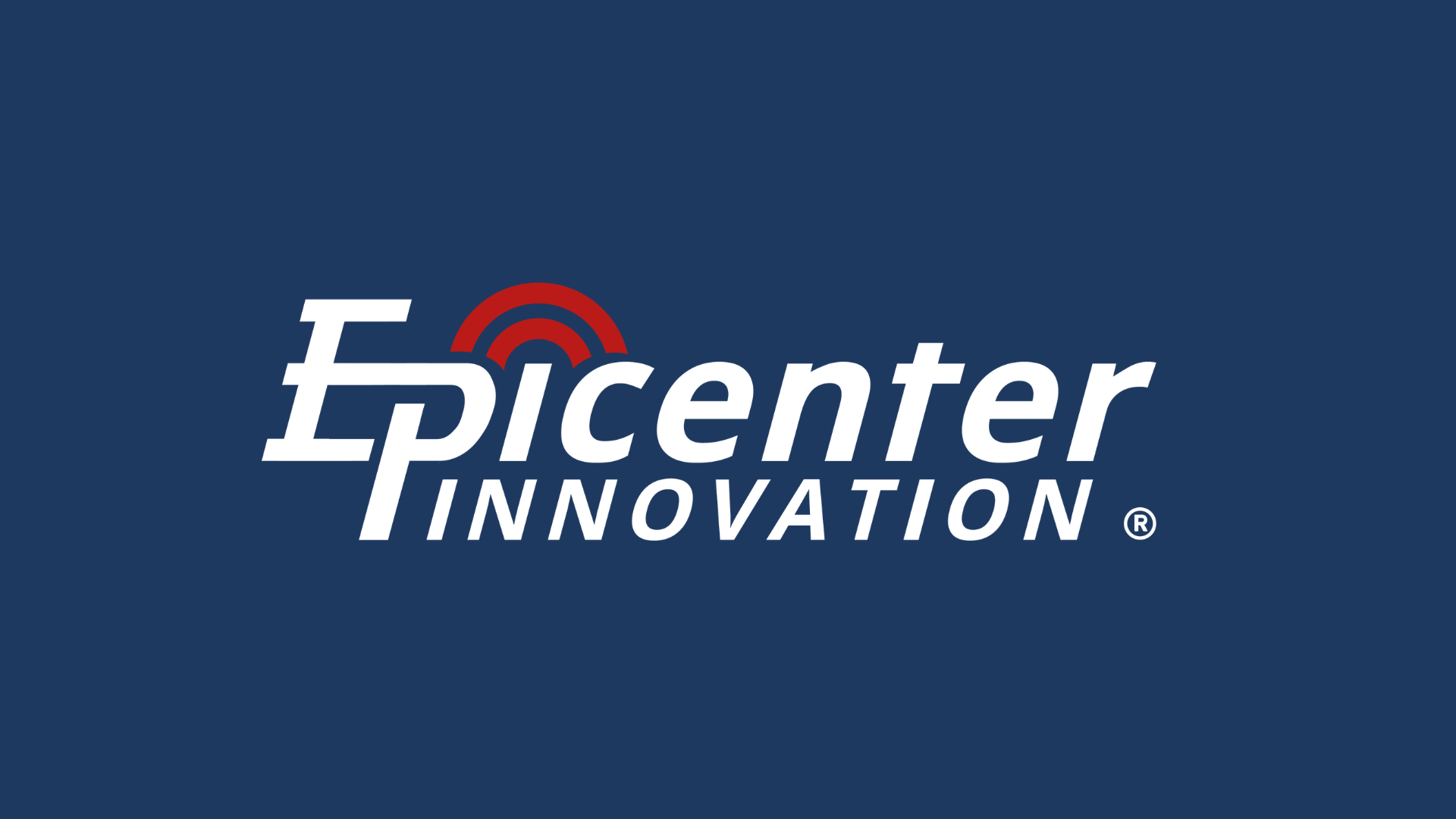Burnout in Emergency Management
How Can We Save Ourselves?
This piece was originally published on the Disasterology Blog run by Dr. Samantha Montano. It was written by Nia D’Emilio and communicates ideas laid out in “The Disengaged Emergency Manager,” a webinar by Matt Green.
Just under a year ago, our team at Epicenter Innovation had an impassioned discussion about taking time off. It was at our End of Quarter meeting in December 2021, which happened to coincide with the end-of-the-year holiday sprint. The problem wasn’t that we couldn’t take time off; “unlimited PTO” is written in our handbook. The problem was that no one on the team felt like they could actually take that time off, and in the cruelest twist of fate, that feeling was oftentimes self-imposed. With the end of the year fast approaching, we needed a solution to this problem or else we’d be heading into 2022 doomed to fail at the hands of our individual and collective burnout.
Burnout, of course, is nothing new, and it’s not only something that you experience at the end of a quarter or the end of a year. In fact, the term “burnout” has existed since the 1970s, and in 2019 it became an official addition to WHO’s International Classification of Diseases. The COVID-19 pandemic saw an increase in this feeling across the board, leading to the phenomenon you might know as “The Great Resignation.” All sectors were impacted, but interestingly–or perhaps for those of us in this industry, unsurprisingly–healthcare and government workers were disproportionately affected, as seen in this chart from the Economic Policy Institute.
It’s no secret that what we do is particularly stressful. We save lives. Emergency managers, disaster scientists, healthcare and public health professionals. We’re all driven by that common purpose: to protect the people and communities we serve. But who’s protecting us? The nature of our work requires us to live in high stakes environments almost constantly. You might say that we’re more susceptible to burnout than any other industry because we, quite literally, have the whole world in our hands.
Disaster science and projections indicate that hazards are going to occur more frequently in the coming years due to many factors (though I’m sure you’re most passionate about the factor most related to whatever your subject matter expertise is). Emergency management would tell us that “resilience” and “preparedness” are two of the most important ways we can set our communities up for success against any threat. So how do we build resilience in ourselves and our teams to make sure we can do it for the communities we serve?
It’s not just about policies and virtue signaling to those we work with. As I already told you, unlimited PTO is in our handbook. No amount of policies or strategies will successfully combat your personal burnout or your team’s collective burnout. Why? Because policies and strategies aren’t people. Sure, people can implement policies and strategies, but if your people and your cultures don’t nurture and live those policies and strategies, then you might as well not have them at all.
Building Personal Resilience
Our teams are nothing without us–literally. So if we don’t show up with our own resilience, then our teams aren’t going to see much of it either. At Epicenter, we pride ourselves on the internal work that each of us does to increase our self awareness and emotional intelligence. We take a number of assessments–cognitive, behavioral, affective–to learn more about ourselves, how we operate, and how we work best. Assessments are just one tool that can help improve your personal resilience by providing you with concrete information about yourself, your strengths, and your weaknesses.
Sharpening your communication skills is another important step in keeping your personal resilience in check. Many of us who experience burnout experience feelings of resentment or cynicism or exhaustion. Communicating those feelings honestly and openly might not make them go away, but being direct about your inability to be productive because of them might help others see the light. And it might take a weight off of your shoulders.
It might not always feel safe to express your feelings, especially in the workplace. That’s why having a balance between work and all the other parts of your life is supremely important when it comes to burnout. It’s not an easy thing to implement; in fact, it’s probably something you’ll struggle with for the remainder of your days. But the sooner you can get into the habit of purposefully and mindfully balancing the work that must get done today and the work that can be done tomorrow, the sooner your feelings of burnout will begin to diminish.
Building Team Resilience
Personal work is an ongoing process; after all, you’ll be with yourself for the rest of your life. But because burnout is so connected to professional work, it’s likely that building resilience within yourself isn’t enough to create an entire ecosystem void of burnout. Your personal resilience will help you lead by example, but the only way to truly combat fatigue is by building resilient cultures.
Remember when I said it was all about people earlier? It really is. Knowing your strengths and weaknesses or what “balance” looks like in your life is wonderful information, but if none of those pieces of personal resilience interact with those around you, then you won’t find much success when it comes to creating a less fatigued team. At Epicenter, the umbrella solution to combating burnout has been something that might not seem intuitive at first: engagement.
If you’re burned out, the last thing you might want to do is to engage with others. But we’ve found that doing so purposefully and mindfully actually reduces burnout and feels associated with it. I mentioned that each of us on our team takes assessments to learn more about ourselves. Well, we also have regular “ways of working” sessions where we go over our results and talk about how our types and signs interact with each other. This process helps us understand each other’s communication styles and triggers, which helps us avoid situations that might breed some of those classic burnout feelings like resentment and cynicism.
A note: assessments are certainly not the end-all, be-all of our thoughts about each other. They simply have too many biases and make too many generalizations for us to use them so seriously. We merely use them as a stepping stone to talk about the actual communication and relational dynamics that are going on between each of us.
A snapshot of our Ways of Working Monday board, so that we can all prepare to approach each other with care and purpose.
While we all love our “ways of working” session, it’s something that we do quarterly. Quarterly workshops are great anchoring points for your team, but doing something four times a year will not yield the kind of resilience building you probably want for you and your team. Building resilience into your everyday processes, no matter how subtle, will be key in building your resilience. Whether it’s through quick check-ins before a project meeting, fast hotwashes after project meetings, or simple Slack messages or texts to colleagues, asking how your colleagues are doing is the most important thing to building a healthier culture. We all think that the work we do is important; no one is doubting your commitment to the cause because you’re burned out. But if you and your team don’t check in with each other on that personal level on a regular basis, then you might start to question your commitment to each other.
Lastly, building full-fledged engagement programs for your team and your communities is going to make the biggest impact in building resilience all around you. Our Director of Engagement Matt Green has developed the Resilience Innovator Book Club and TED Membership Circles, bi-monthly engagement events that are open to anyone who’d like to join. We start by talking about a book or a TED talk, respectively, but both meetings aim to be safe spaces for people across industries to discuss their problems and find solutions together. Knowing that your team is okay is one thing, but being able to help people–whether they’re folks we’ve just met or known for years–by creating resilient spaces is a whole other ballgame. And it’s one we’ve found to be very rewarding.
So…can emergency managers save themselves?
Emergency management is a field of folks who are the most-educated people in the world about preparedness and resilience. Planning is second nature to us, and communication processes are sacred. But sometimes, no matter how much we prepare others or communicate with each other according to our processes, life gets in the way. It sounds cheesy, but cliches are cliches for a reason. It’s easy to get caught up in the very real trauma we face everyday in this industry, and keeping it about the people is sometimes hard work, especially because negative feelings can often feel disruptive to the process. But if I were to give a single piece of advice for emergency managers, it would be to lean into your emotional reactions, not run away from them. Feeling through situations helps you learn more about yourself, communicate better with your teams, and eventually come to the communities you serve with more compassion and empathy and energy than shoving feelings down. Reaching out to each other and feeling through things together is how we combat burnout in this industry.
If you’re wondering how we solved our own burnout issue as it related to our time off policies and practices, the team, which luckily shares a common sense of humor, came up with a pretty ingenious solution. We coined our own term that satisfied the practicalities of taking time off (needing to meaningfully unplug and detach from work while being mindful of how our absence affected our small team). We call it a CFO, three letters that stand for “compassionately f*** off.” I’m proud to say that I’ve CFO’d for a whole week in 2022, and several of my colleagues have as well (one of them is CFO-ing right now, in fact!). The term might not work for everybody on every team, but it’s one that works for our team because we had a thorough conversation about it, negative feelings and all.
Building resilience is an ongoing process, internally and externally. We may have solved this issue that I’ve been referencing, but we’re constantly having to check in with each other and make sure we’re building a compassionate culture. We don’t claim to always get it right–in fact, we haven’t–but from my own experience, I can say we’re always moving in the right direction. Engaging with each other and ourselves in purposeful and mindful ways helps us overcome burnout and approach our communities with more energy and compassion than we ever have before.

About Epicenter INNOVATION
Epicenter Innovation® is an award-winning professional services firm driven by human-centered, resilience-focused innovation. Our team is here to help you implement a proven framework for creating impact & unlocking the potential of your people.
We’re the connective tissue between organizations that produce technology and those in the field using it. By working on both sides of the public/private-sector divide, we serve as translators & change-makers at all phases of the disaster management lifecycle – driving human-centered, resilience-focused innovation before, during, and after major incidents.
How Can We Help Your Organization?
Book a Call With the Epicenter Innovation Team
Read More
Top 10 Tips to Increase Personal Resilience
Inrceasing your resilience shouldn't be hard, but where do you start? We've got some easy ways to get you going on your resilience journey.
Top 10 Tips for Making Your Team More Innovative
Innovation is vital to having your work make an impact, but it shouldn't be hard. These ten easy tips will help foster an innovation culture for your team to thrive.
Exploring Innovation in Resilience-Building Practices
We've known for a while that resilience and innovation go hand-in-hand. But how? Learn in this short article.


